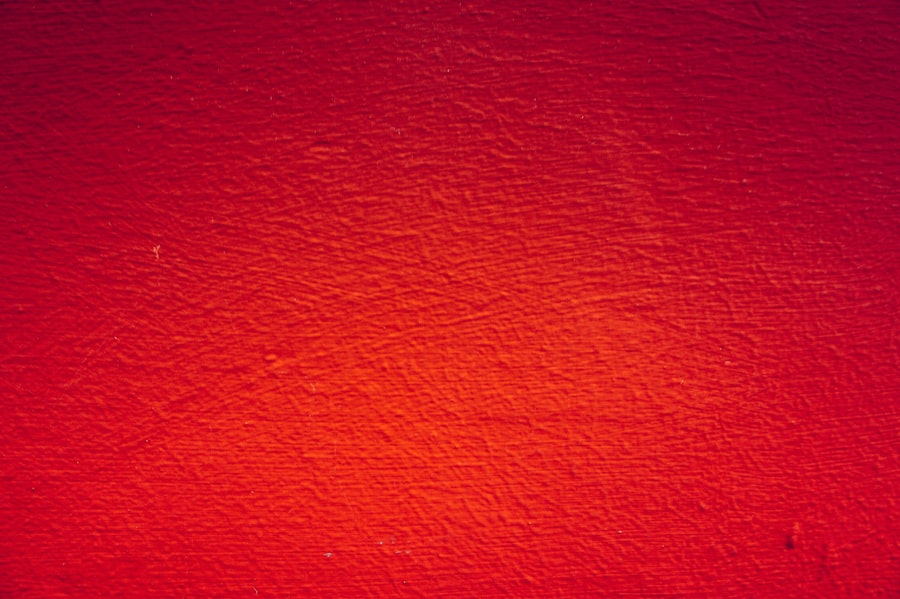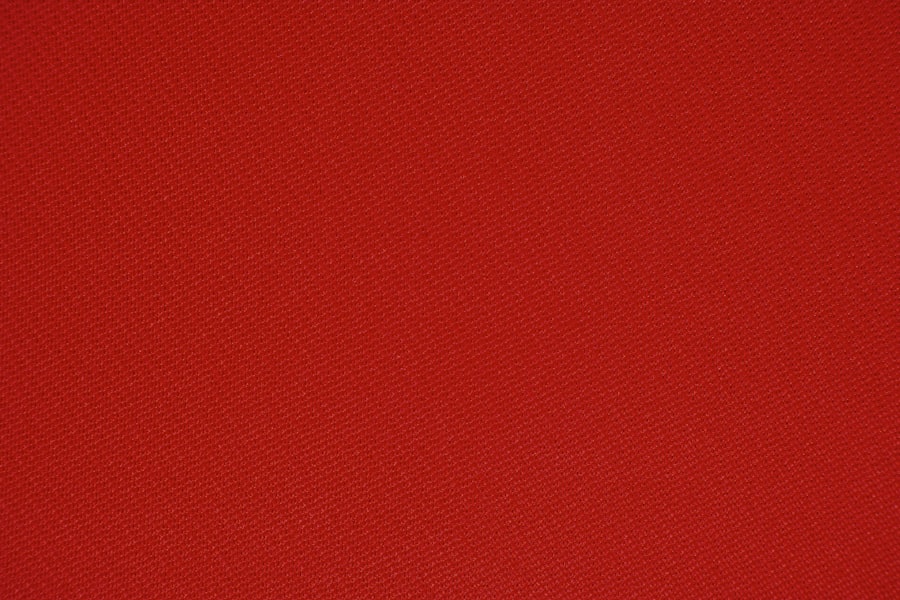Faja burns refer to injuries sustained from the use of fajas, which are compression garments commonly worn in various cultures, particularly in Latin America, for body shaping and post-surgical recovery. These garments are designed to provide support and enhance body contours, often after procedures like liposuction or tummy tucks. However, when improperly fitted or worn for extended periods, fajas can cause significant skin irritation and burns.
The term “faja burns” encompasses a range of skin injuries, from mild irritation to severe burns, depending on the duration of wear and the material of the garment. The materials used in fajas can vary widely, including latex, spandex, and other synthetic fabrics. While these materials are intended to provide compression and support, they can also trap heat and moisture against the skin.
This can lead to friction burns, rashes, or even thermal burns if the garment is too tight or if it is worn in hot conditions. Understanding the nature of faja burns is crucial for individuals who use these garments regularly, as it highlights the importance of proper fit and material choice in preventing skin damage.
Common Signs and Symptoms of Faja Burns
Individuals experiencing faja burns may notice a variety of symptoms that can range from mild to severe. One of the most common signs is redness and irritation in areas where the faja exerts pressure on the skin. This can manifest as a rash or localized inflammation, often accompanied by itching or discomfort.
In more severe cases, blisters may form, indicating that the skin has been damaged more significantly. These blisters can be painful and may lead to further complications if not treated properly. In addition to visible symptoms, individuals may also experience sensations such as burning or stinging in the affected areas.
This discomfort can be exacerbated by movement or continued wear of the faja. In some instances, individuals may develop a feeling of tightness or constriction that goes beyond normal compression, which can lead to further skin damage. Recognizing these signs early is essential for preventing more serious injuries and ensuring that appropriate measures are taken to alleviate discomfort.
Understanding the Severity of Faja Burns

The severity of faja burns can be classified into different degrees, similar to other types of burns. First-degree burns are characterized by superficial damage to the outer layer of skin, resulting in redness and mild pain without blistering. These types of burns are generally self-limiting and can often be treated with over-the-counter remedies such as aloe vera or hydrocortisone cream.
Second-degree burns involve deeper layers of skin and are marked by blistering and more intense pain. These burns require more careful management to prevent infection and promote healing. In some cases, third-degree burns may occur, which penetrate through all layers of skin and can damage underlying tissues.
These severe injuries may necessitate medical intervention, including possible surgical treatment or skin grafts. Understanding the degree of injury is vital for determining the appropriate course of action and ensuring optimal recovery.
Treatment Options for Faja Burns
| Treatment Options for Faja Burns |
|---|
| 1. Cool the burn with cool running water for at least 20 minutes |
| 2. Cover the burn with a sterile gauze bandage or a clean cloth |
| 3. Take over-the-counter pain relievers, such as ibuprofen or acetaminophen |
| 4. Avoid applying butter, oil, or ice to the burn |
| 5. Seek medical attention if the burn is severe or covers a large area of the body |
Treatment for faja burns largely depends on the severity of the injury. For first-degree burns, initial care typically involves removing the source of irritation—namely, the faja itself—and applying soothing topical treatments. Aloe vera gel is often recommended for its cooling properties, while over-the-counter pain relievers like ibuprofen or acetaminophen can help alleviate discomfort.
Keeping the affected area clean and moisturized is crucial to prevent further irritation and promote healing. In cases of second-degree burns, where blisters have formed, it is essential to avoid popping them as this can lead to infection. Instead, a healthcare provider may recommend covering the area with a sterile bandage to protect it from external irritants.
Topical antibiotics may also be prescribed to prevent infection. If the burn is extensive or does not improve with home care, seeking medical attention becomes necessary. For third-degree burns, immediate medical intervention is critical; these injuries often require specialized treatment in a clinical setting to manage pain and facilitate healing.
Prevention and Safety Measures for Faja Burns
Preventing faja burns begins with selecting the right garment. It is essential to choose a faja that fits properly—not too tight and not too loose—to minimize friction against the skin. Individuals should also pay attention to the materials used in their fajas; breathable fabrics that wick moisture away from the skin can help reduce the risk of irritation and overheating.
Additionally, wearing fajas for shorter periods can help mitigate potential damage; taking breaks allows the skin to breathe and recover. Another important safety measure involves maintaining proper hygiene while wearing fajas. Regularly washing the garment according to manufacturer instructions helps remove sweat and bacteria that can contribute to skin irritation.
Furthermore, individuals should monitor their skin regularly for any signs of irritation or discomfort while wearing a faja. Early detection of any issues allows for prompt action to prevent more severe injuries from developing.
When to Seek Medical Attention for Faja Burns

Recognizing when to seek medical attention for faja burns is crucial for ensuring proper care and recovery. If an individual experiences severe pain that does not improve with over-the-counter medications or if they notice significant swelling or redness spreading beyond the initial site of injury, it is advisable to consult a healthcare professional. Additionally, if blisters develop and show signs of infection—such as increased redness, warmth, pus, or fever—medical evaluation is necessary.
In cases where third-degree burns are suspected—characterized by charred or white skin—immediate medical attention is essential. These injuries can lead to serious complications if not treated promptly and appropriately. Overall, being vigilant about changes in skin condition while using fajas can help individuals make informed decisions about when to seek professional help, ultimately leading to better outcomes in managing faja burns.


